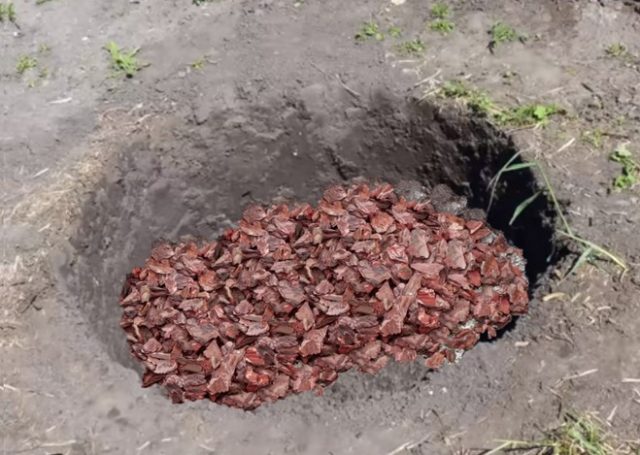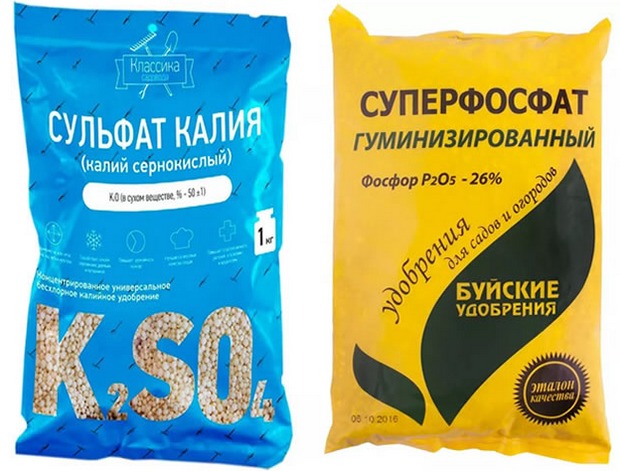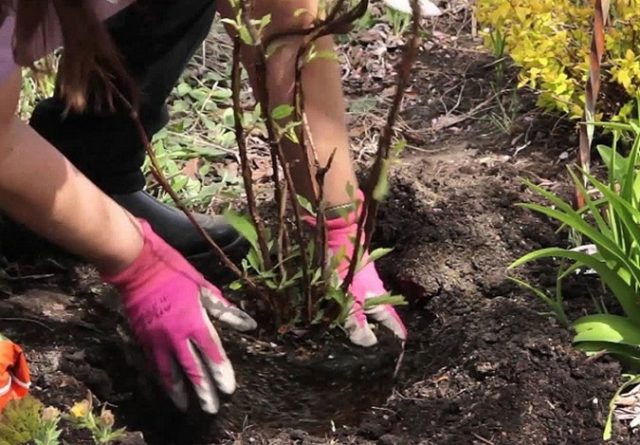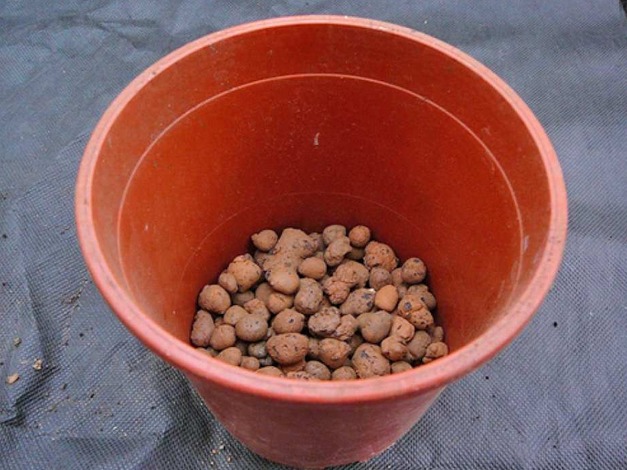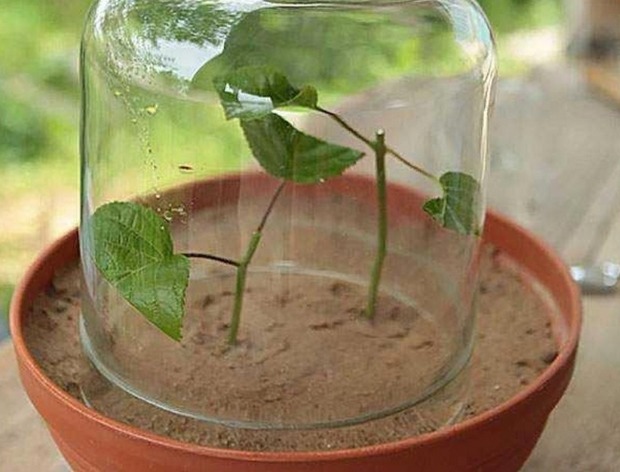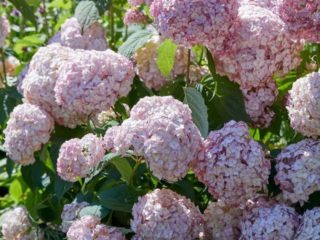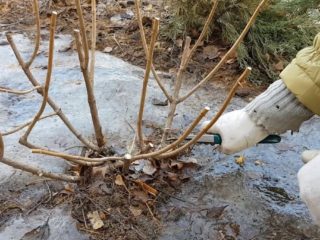Content
Hydrangea Dolly attracts the hearts of gardeners with its beauty and unpretentiousness. Seeing its lush flowering, it is difficult to resist the temptation to purchase a seedling and plant it on your site. Subject to the rules of agricultural technology, the shrub will not cause much trouble, and will delight with flowers for a long time.
Description of Dolly hydrangea
Hydrangea paniculata Dolly (Hydrangea paniculata Dolly) is a deciduous shrub with a compact and lush crown, the diameter of which reaches 1.2 m. The height of an adult plant is no more than 1.5 m, the leaves are green, oval.

Dolly's hydrangea blooms for a long time - from early July to October
The inflorescences are cone-shaped, up to 30 cm long, consist of many white fragrant flowers, which by autumn acquire a pink and then a red hue. Powerful shoots do not bend under the weight of flower caps, they are covered with grayish bark.
Hydrangea Dolly in landscape design
Hydrangea Dolly is perfect for a variety of garden styles. Its white-pink inflorescences are well set off by the greenery of coniferous bushes and trees. Hydrangea is planted at the entrance to the front garden, along the garden paths, in the most prominent place in the recreation area, near the benches in the garden. Single and group plantings look beautiful, the number of bushes depends on the size of the site.
Plants are placed in the mixborder next to the Dolly hydrangea that have similar requirements for soil, watering, fertilizing and lighting. Cuffs, hosts and astilbe will be good neighbors for her.
Winter hardiness of hydrangea Dolly
Dolly panicle hydrangea occupies a leading position in frost resistance, it is suitable for growing in 3-4 climatic zones. Adult shrubs tolerate frosts down to -29 ° C, they winter best under snow cover. This variety blooms on the shoots of the current year. For successful wintering, it is enough to mulch the root system and carry out the autumn pruning of inflorescences so that the snow adhering to them does not break off the branches.
Planting and caring for Dolly hydrangea
If panicle hydrangeas are already growing in the garden, it is very easy to determine the time for planting a new Dolly variety. When buds bloom on the bushes in spring and leaves appear, then it's time to plant the plant in open ground.
Dolly hydrangea, although unpretentious, requires a special soil composition, special fertilizers, and regular watering. Withered inflorescences are cut off annually, year-old shoots are shortened for better branching.
Selection and preparation of the landing site
For the normal growth and development of the shrub, the correct choice of planting site is important. The Dolly panicle hydrangea in the Southern regions is best planted in partial shade, where during the midday heat it will be closed from the sun's rays by trees, buildings or a fence.
If the land on the site is fertile, a pit for a small seedling is prepared about 30x30 cm. Since the plant will grow in one place for a long time, a nutrient mixture is added when planting.
Landing rules
Dolly's hydrangea is planted in the garden only after the threat of recurrent frosts has passed. Before planting, the container plant is soaked in water.
Process description:
- Hydrangea Dolly is a moisture-loving plant, but does not tolerate stagnant water at the roots, therefore, if the soil is heavy, drainage is poured onto the bottom of the pit.
Use expanded clay, broken brick or pebbles
- A layer of sand, coniferous litter and sour peat are poured over the drainage.
- Add 60-70 g of superphosphate, 2 tbsp. l. potassium sulfate, 1 tbsp. l. urea, a handful of rotted horse manure.
Fertilizers are added in accordance with the instructions on the package
- The soil selected from there is poured into the pit, and mixed with litter, peat, fertilizers. Water well.
- The seedling is taken out of the container along with a lump of earth, the roots should be light, dark and rotten must be trimmed.
- The seedling is placed in a pit, and the roots are covered with earth with sour peat.
The hydrangea root neck can be slightly deepened
- Press the soil around the plant, watered and mulched with coniferous litter with a layer of 6-8 cm, stepping back from the trunk by 3-4 cm.
For better survival, the Dolly hydrangea seedling can be watered with any stimulator of growth and root formation.
Watering and feeding
Dolly hydrangea loves water, but excessive watering can lead to rotting of the root system and the death of the plant. Water the shrub regularly, but in moderation.
Dolly's hydrangea needs acidic soil. Seasonal rainfall flushes out the nutrients stored in the planting hole and reduces acidity. The plant needs regular soil acidification for normal growth. In the year of planting, you do not need to fertilize the seedling if the pit has been well filled. In the future, fertilizers intended for hydrangeas are used for feeding.
Pruning hydrangea Dolly
Dolly's panicle hydrangea can be pruned in fall or spring. It is preferable to carry out this procedure in the second half of October, because in case of untimely spring pruning, the plants "cry", juice flows out of the branches.
First, thin branches are cut, then all others are shortened. The cut is made at the upper branch, leaving 1-2 or 3-4 buds, if you want to get a taller bush.
Finish pruning shrubs in the first half of November. If you cut the branches in early autumn, when it is still warm, young shoots will begin to grow, which will not be able to survive the winter.
Preparing for winter
They begin to prepare the shrub for wintering at the end of August - potash-phosphorus fertilizers are applied so that the shoots have time to ripen before the onset of cold weather. If the air temperature does not drop below -29 ° C in winter, the adult Dolly hydrangea is not covered. In late autumn, water-charging irrigation is carried out, and the trunk circle is covered with mulch. Only young seedlings are covered with spruce branches or non-woven fabric stretched over the frame to protect them from the cold.
Comment! In severe frosts or overfeeding with nitrogen fertilizers, the upper part of the shoots freezes up, it is cut off to healthy tissue before the start of the growing season.
Reproduction
Dolly hydrangea reproduces well vegetatively. To obtain cuttings, strong green branches are suitable, they are cut into several parts, leaving two internodes on each segment. The sheet plates are cut in half to reduce moisture evaporation.
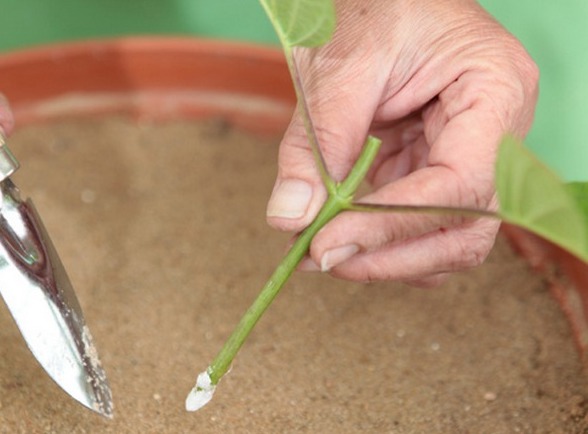
The lower cut of the cutting is made oblique to increase the area of contact with the soil
Description of planting cuttings:
- Drainage material is poured into the pot, then light soil mixed with sand.
Make a drainage layer about 1.5-2 cm high
- The prepared stalk is dipped in water, then in "Kornevin". They are stuck into the soil at an angle of 45 °, watered with water.
- After planting the cuttings, sprinkle the soil in the pot with 2 cm of sand to reduce moisture evaporation.
- Cover the top of the plant with a cut plastic bottle or jar.
Mini greenhouse from a jar helps to retain moisture and heat
For successful root formation, you need a temperature of + 20 ... + 22 ° C and a bright place without the sun. The rooting process will take about three weeks. Once a day, open the cap on the bottle for airing, and monitor the soil, it should always be slightly damp.
Do not rush to transplant the rooted stalk into open ground. In the first year, he should spend the winter in a bright room, for example, on a frost-free veranda with a temperature of + 3 ... + 5 ° C. Only the next year, a well-developed, strong stalk of Dolly hydrangea can be planted in open ground. It is better to keep a weak plant in a container for another year.
Diseases and pests
Unfortunately, hydrangeas are affected by diseases and pests. The incidence is affected by air temperature, thickened plantings, improper feeding.
In conditions of high humidity, common fungal diseases develop:
- Powdery mildew. Initially, yellow spots appear on the leaves, which darken over time, and a white powdery bloom is visible on the back of the leaf plates.
- Septoria. The leaves are covered with small, irregular spots, in the place of which holes are then formed. Gradually the spots merge, the leaf dries up and falls off.
- Gray rot. On the shoots, brown spots are formed, covered with gray moss. The rot then spreads to leaves, buds and flowers.
At the first signs of fungal diseases, plants are treated with fungicides. Severely affected shoots are cut and destroyed.

For preventive spraying use the fungicide "Skor"
Another threat to hydrangeas is a variety of viral infections, they manifest themselves in the form of all kinds of patterns on the leaves. There are no medications for this problem, the affected plants are burned.
Insects carry viruses. Therefore, it is necessary to destroy aphids and other pests on the leaves of Dolly hydrangea using insecticides. The tick loves to settle on the bush. Its presence can be determined by small yellow dots on the leaves. In a neglected state, a cobweb is visible on the back of the leaf plates. Acaricides are used to control ticks.
With improper care, Dolly's hydrangea suffers from chlorosis. Yellow leaves with bright green streaks are a sign of this disease. Chlorosis develops with a lack of iron. The reason for the lack of this element in the diet may be the scarcity of the soil or insufficient acidity of the soil. In the latter case, the plant loses its ability to assimilate nutrients.
Conclusion
Hydrangea Dolly is a beautiful and undemanding ornamental shrub. It is important to choose the right place when planting a seedling. Further care consists in watering, feeding, pruning, protection from pests and diseases. If in winter the air temperature drops below -29 ° C, it is advisable to build an air-dry shelter made of non-woven material on the frame for the hydrangea.
